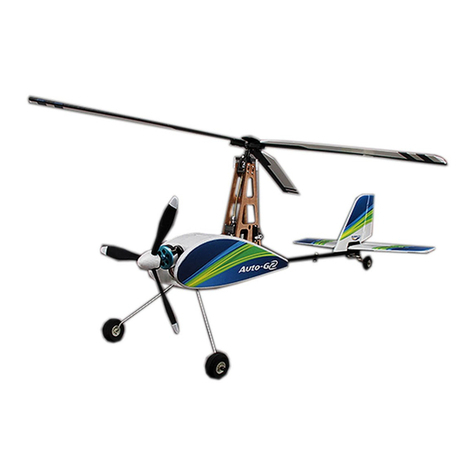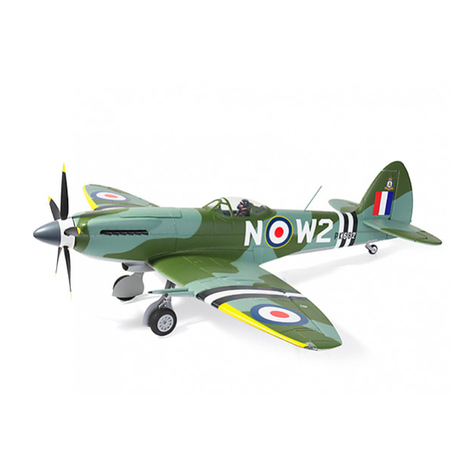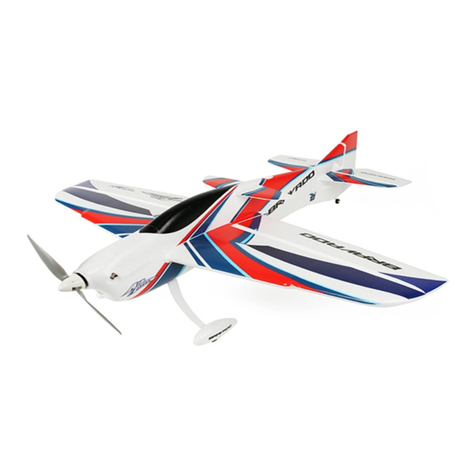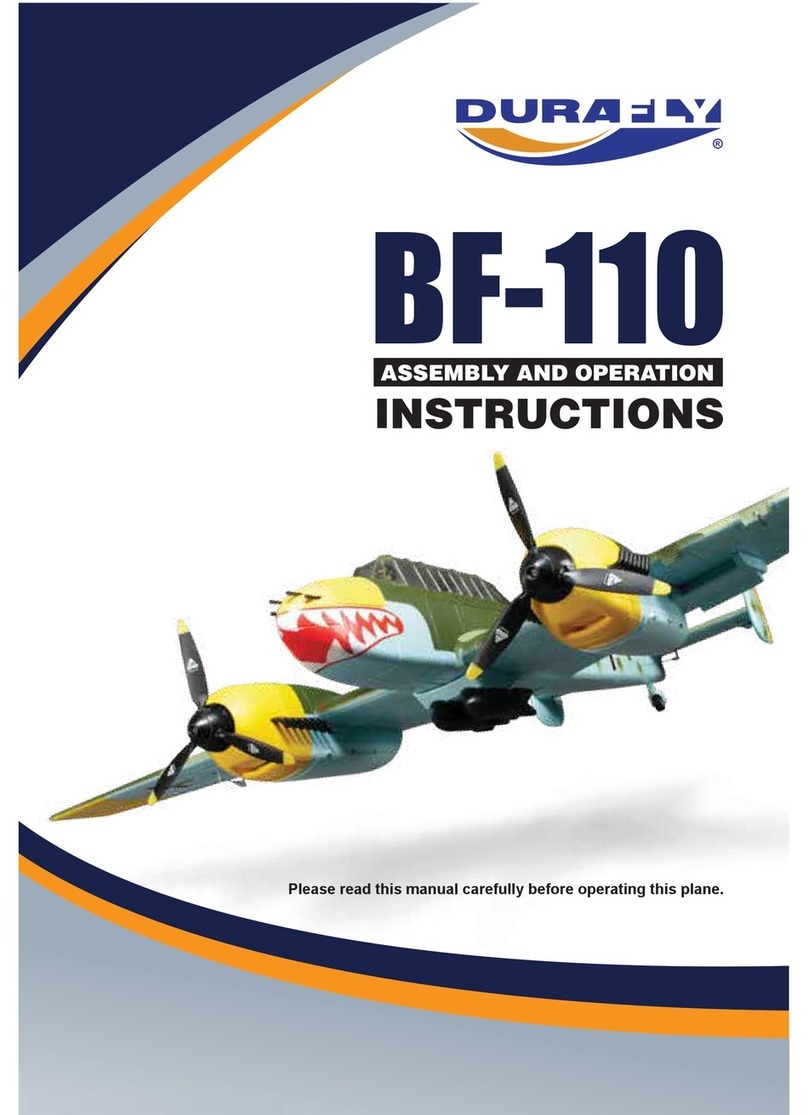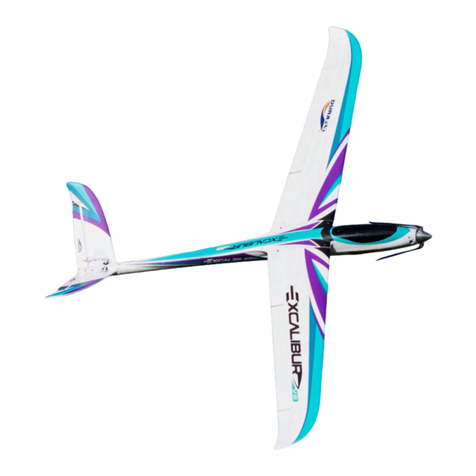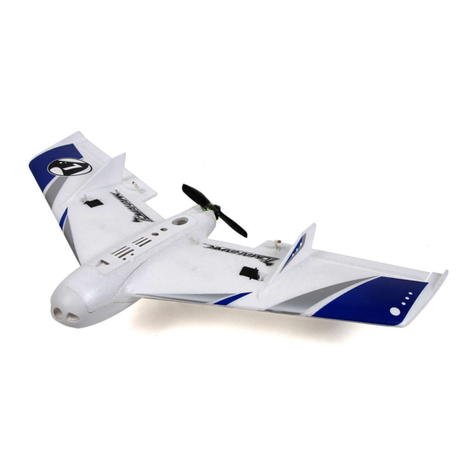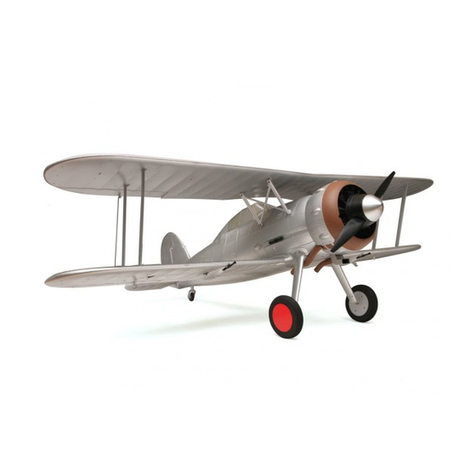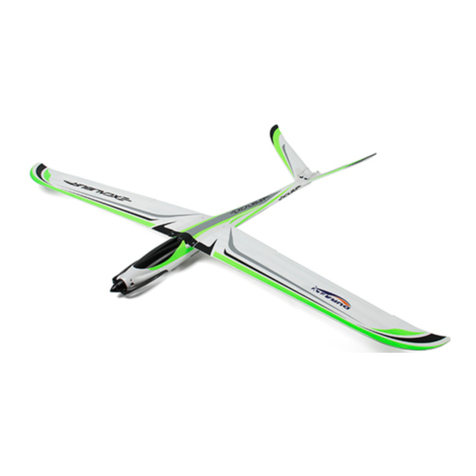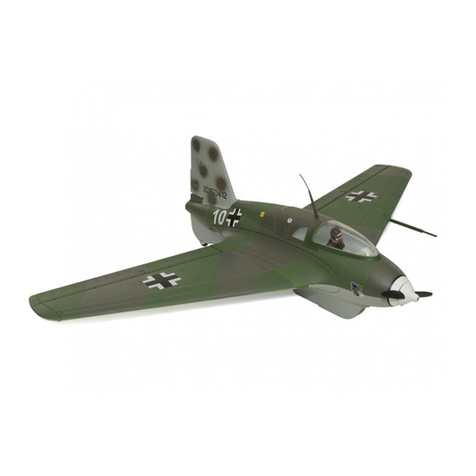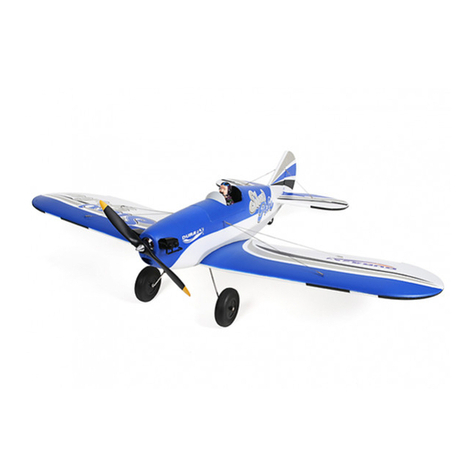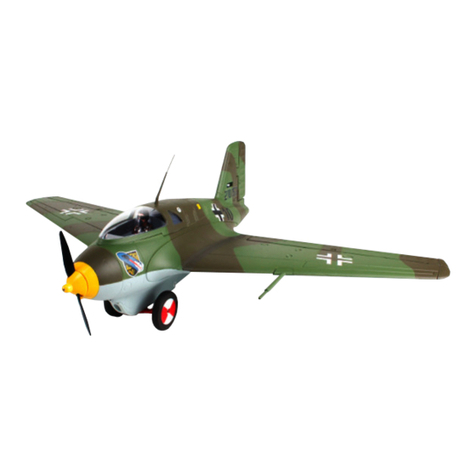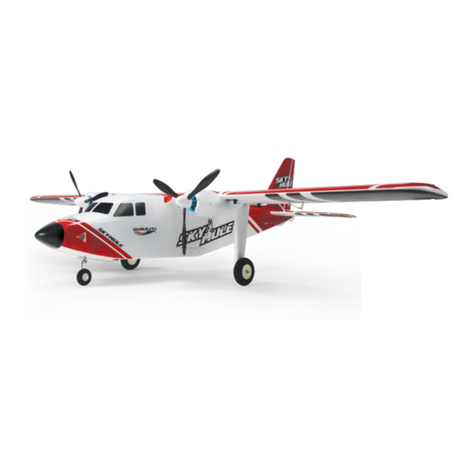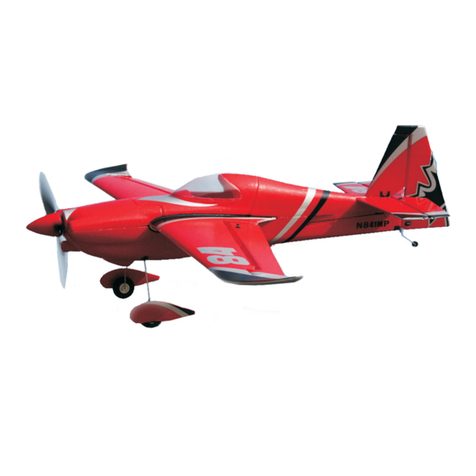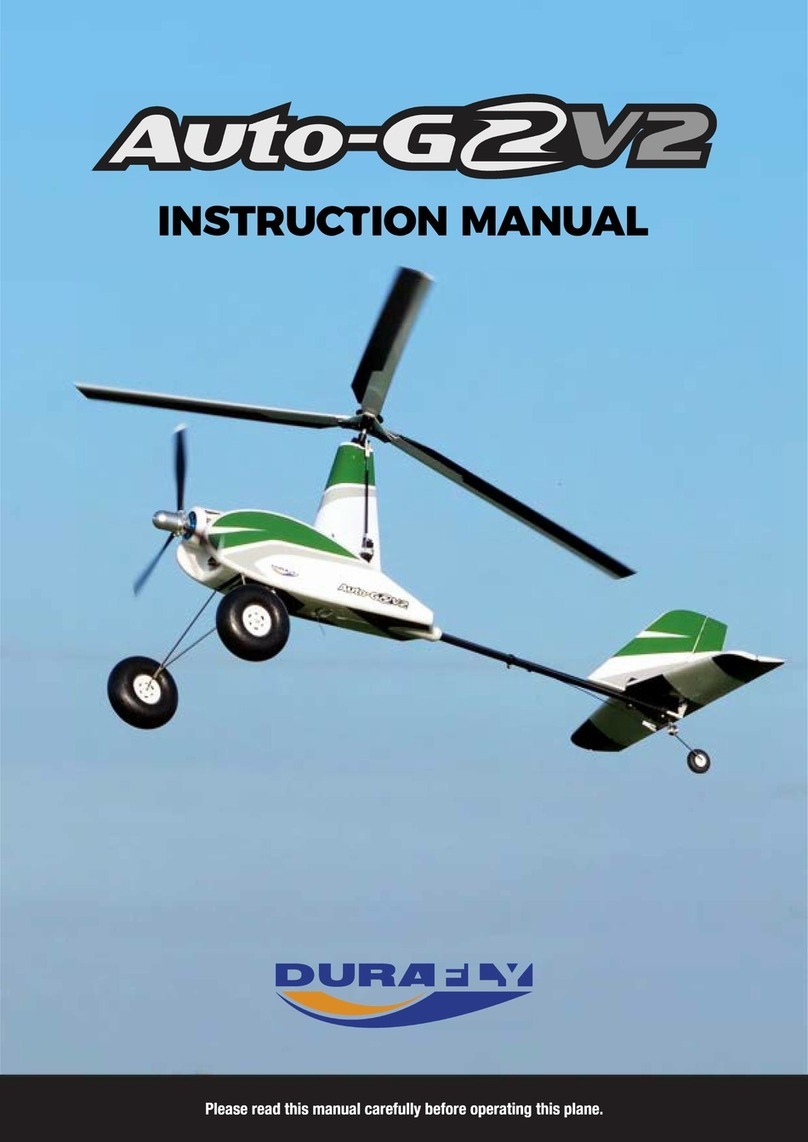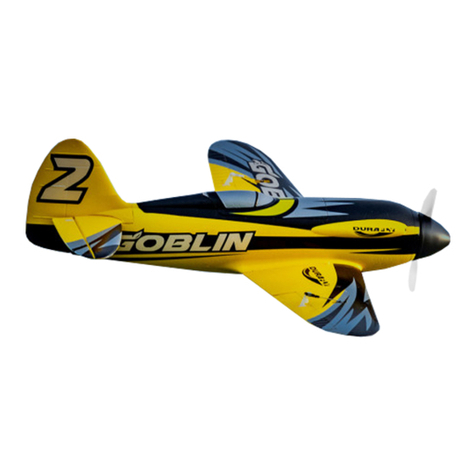
9
The Micro Tundra is relatively straightforward to fly for pilots with a bit of experience. After you
have completed your pre-flight checks and completed a range check either place it on the ground
facing into wind or get ready to hand launch. If taking off from the ground hold in a small amount
of up elevator and smoothly open the throttle to full, ensure you keep the model straight by using
the rudder to steer. The Micro Tundra will very quickly leave the ground and start climbing. If
hand launching hold the model on the fuselage under the wing at shoulder height, open the
throttle to full and smoothly throw the model slightly nose up into wind, it will climb away quickly
and from the hand launch.
Once in the air climb out straight into wind and to a safe height then throttle back to about
50-60%, remember this is a small model so don't fly it too far away. Fly some gentle circuits and
when you are happy with these try the flaps and get used to flying the model slowly. As
mentioned in the set-up when full flap is selected the Micro Tundra will tend to put its nose up and
the airspeed will decay rapidly so you need to apply down elevator to stop it doing this.
Once you are used to the flaps then get ready for a landing, remember a good circuit ends up
with a good landing. Fly a nice square circuit at 50-60% throttle and end up lined up into wind
slightly downwind of your landing area and about 50ft of height is about right at this point. Throttle
back to about 25% and select full flap, be ready to apply some down elevator (if you have mixed
this into your transmitter this makes life much easier) the Micro Tundra will settle into a nice
descent to the landing area, keep the wings level during the approach using the ailerons, rudder
can be used as well to keep the model heading straight into wind. Adjust the throttle slightly up or
down if you are overshooting or undershooting your landing area. When just above the ground
close the throttle completely and apply just a small amount of up eleva-tor and the Micro Tundra
will land very gently. If you hand launched the model due to flying off of long grass or
meadowland then the Micro Tundra will gently land back onto the rough ground without any harm
due to its slow landing speed and light weight.
Once you have test flown the model, check it over for anything that may have come loose and
make any adjustments to the controls etc before flying again. If you are using a 7.6V LiHv battery
then we recommend that you allow the motor to cool for about 5 minutes or longer before fitting
another battery and flying again. Flying the Micro Tundra slowly is great fun, once you are used
to the model try taking off and flying around with mid flap selected, it's great fun.
The Micro Tundra does all the usual aerobatics such as loops and rolls, it will fly inverted as well
but requires quite a bit of down elevator to keep it level. Due to the nose high attitude when flying
inverted it will tend to slow down so please watch for this if flying low whilst invert-ed. It spins like
a little top and stops instantly when the controls are centralized plus it will do quite nice flick rolls.
All in all it is great fun to fly and is perfect for "Back Yard Bush" flying.
Thanks again for purchasing the Durafly Micro Tundra. We hope you'll have many
happy days of flying and look forward to bringing you more Durafly models in the
near future.
Spare parts are available for this model, please see the next pages for details.
FLYING THE MICRO TUNDRA
